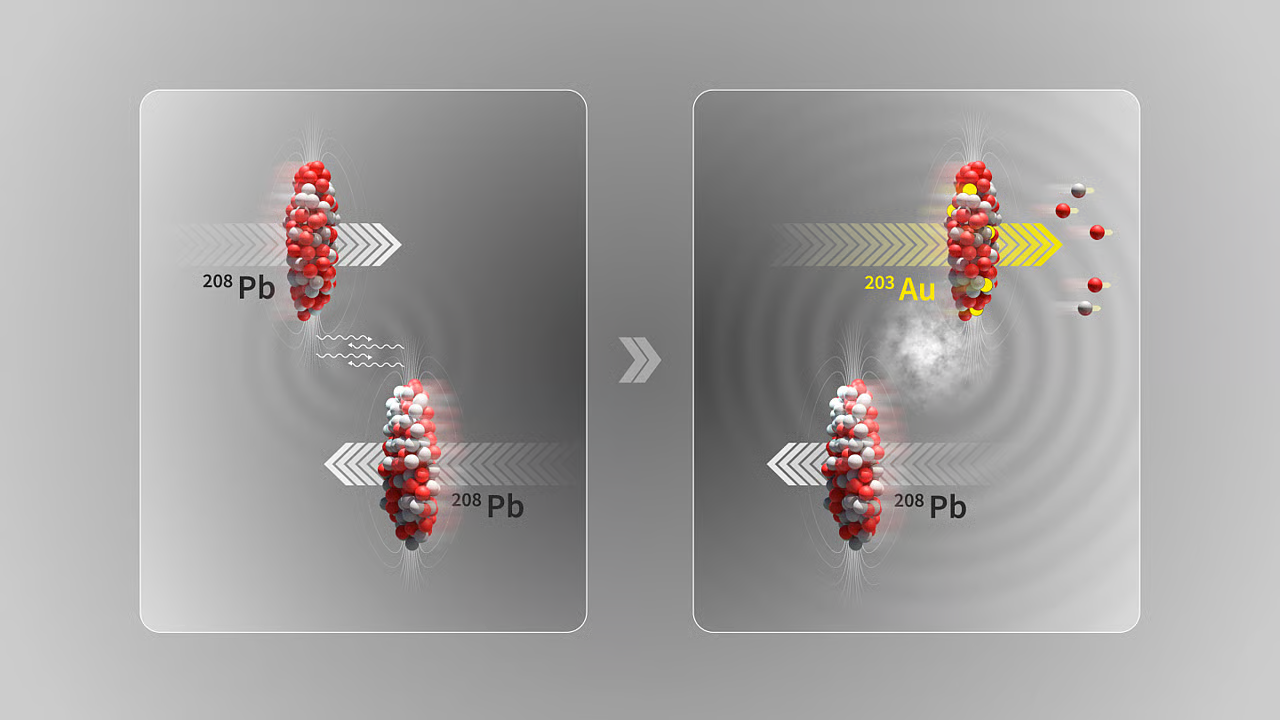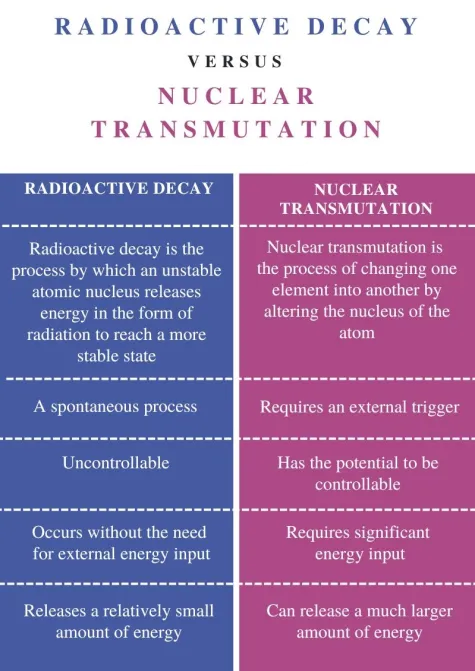Rapid Fire
Turning Lead into Gold
- 23 Jun 2025
- 2 min read
Source: DTE
Scientists at CERN briefly transformed lead (Pb) into gold (Au) (just a nanosecond) in tiny amounts using high-energy particle collisions inside the world’s most powerful particle accelerator, Large Hadron Collider (LHC).
- This was achieved not by direct collisions but through ultra-peripheral “near-miss” interactions between accelerated lead nuclei (atomic number 82), demonstrating nuclear transmutation.
- Nuclear transmutation is the process of changing one element into another by altering the number of protons or neutrons in an atom’s nucleus.
Ultra-Peripheral Collisions
- At CERN’s LHC, ultra-peripheral collisions occur when lead nuclei pass very close without direct contact.
- Their electromagnetic fields interact, emitting high-energy photons that trigger electromagnetic dissociation- a process where protons and neutrons are ejected from the nucleus.
- In such events, removal of 3 protons from lead (atomic number 82) results in the formation of gold (atomic number 79) and depending on the number of protons lost, elements like thallium and mercury were also created.
- The experiment offers a striking example of how extreme physics can alter the identity of matter, showcasing modern artificial nuclear transmutation and deepening our understanding of atomic interactions under extreme conditions.
| Read More: Hadron Collider Run 3 |








